Products - List
- Home
- Products
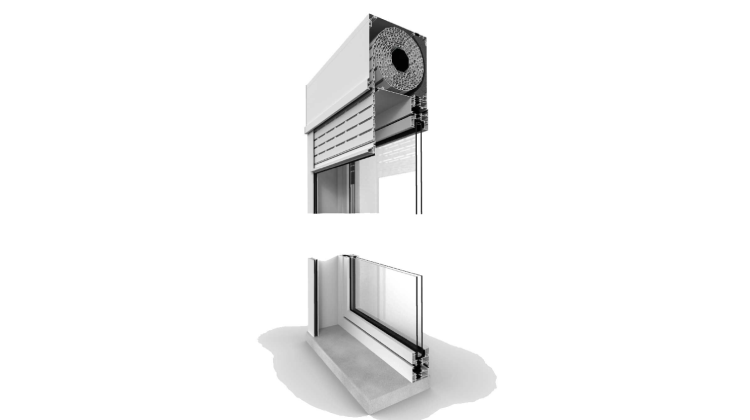

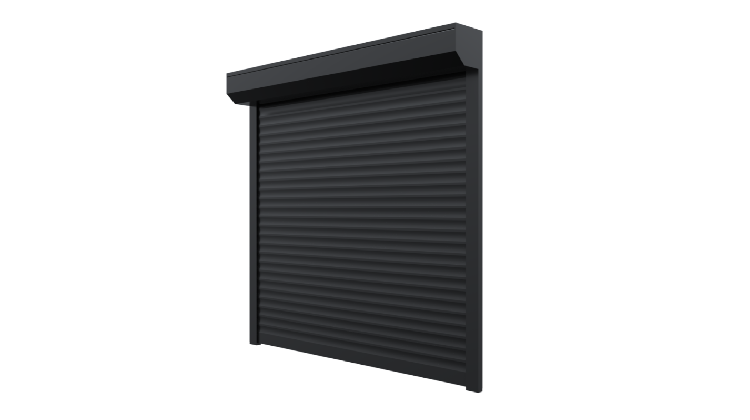
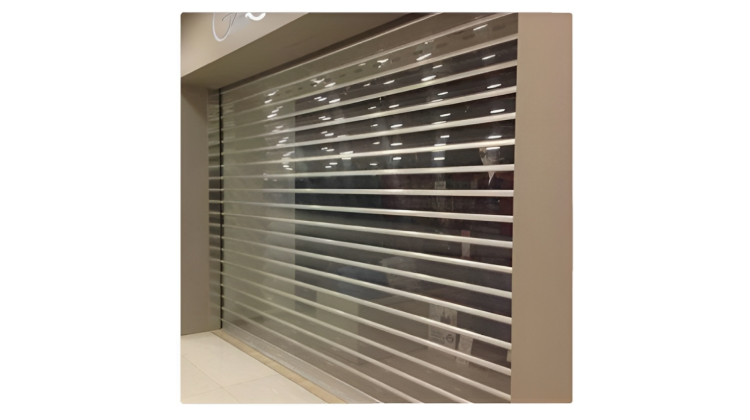




Rolling shutter
Rolling shutters are a type of window covering or door system commonly used in both residential and commercial buildings. They are designed to provide security, privacy, and protection against various external factors such as sunlight, wind, rain, and even intruders. G-tec automation Rolling shutters are typically made of metal (aluminum, steel) or durable synthetic materials. They consist of horizontal slats that are interconnected and mounted within vertical tracks on the sides of a window or door frame. G-tec automation Rolling shutters can be manually operated using a crank handle or chain, but more commonly, they are motorized for convenience. Motorized shutters can be controlled using a switch, remote control. G-tec automation Rolling shutters come in various designs, colors, and sizes to match different architectural styles and preferences. They are commonly used in homes, storefronts, hotels, and other buildings where security, weather protection, and light control are important considerations.
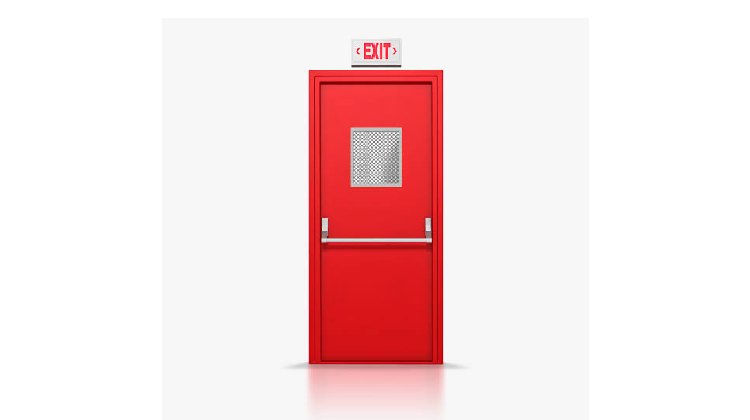
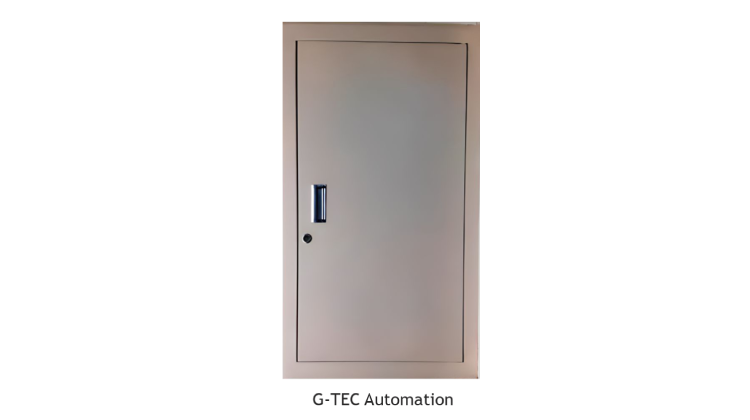

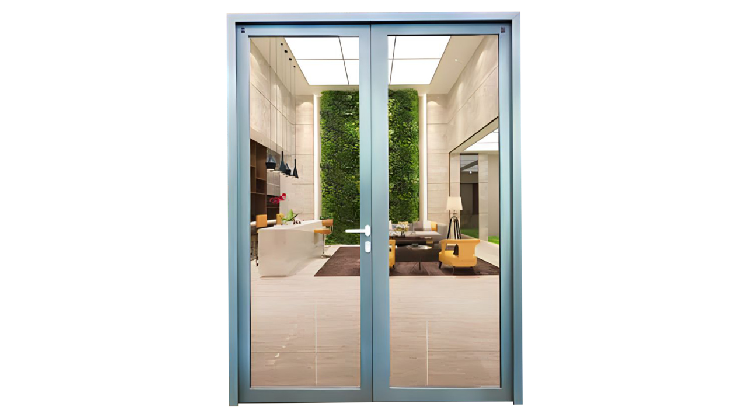
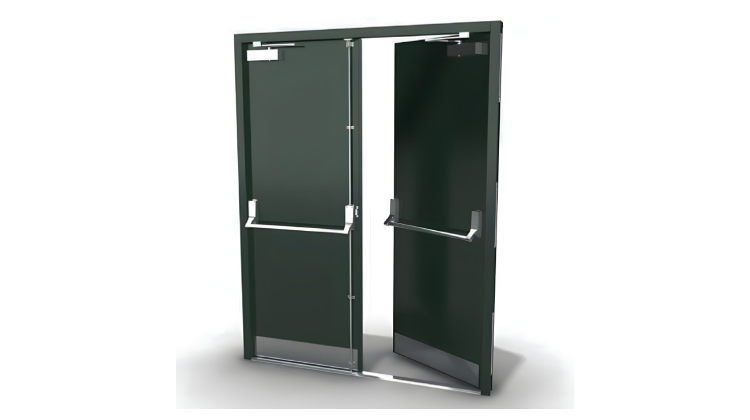
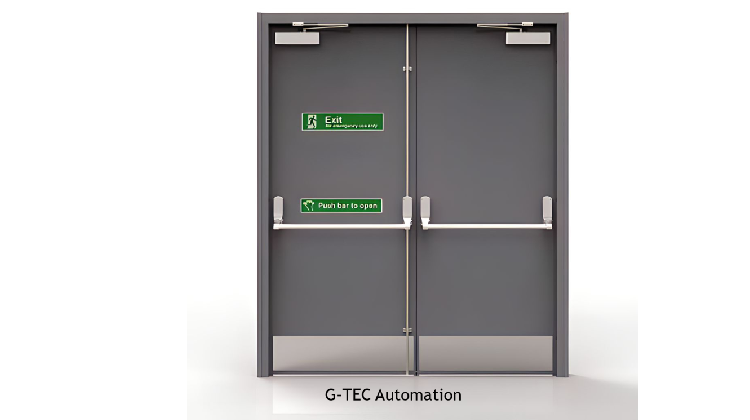






Fire Rated Door
A fire-rated door is a specialized type of door designed to resist the spread of fire and smoke between different areas of a building. These doors are an important part of passive fire protection systems, which aim to contain and limit the spread of fire, heat, and smoke within a building, allowing occupants more time to evacuate safely and minimizing damage to the structure. Fire-rated doors are constructed with materials that have been tested and certified to meet specific fire resistance standards. These standards typically specify the amount of time a door can withstand exposure to fire before it begins to fail. Common fire rating classifications include 20 minutes, 30 minutes, 45 minutes, 60 minutes, and 90 minutes. Fire-rated doors are designed to prevent the passage of flames, smoke, and heat by using materials such as fire-resistant glass, intumescent seals, and specialized core materials that expand when exposed to heat. These components work together to create a barrier that helps contain fire and smoke, allowing occupants to safely evacuate and giving firefighters more time to control the situation. These doors are commonly used in buildings where fire compartmentalization is important, such as commercial properties, residential buildings, industrial facilities, hospitals, schools, and other public places. They are often installed in areas like stairwells, corridors, and openings between fire-rated walls. When selecting and installing fire-rated doors, it's important to adhere to local building codes and regulations to ensure that they are properly tested, certified, and installed according to the specific requirements of the jurisdiction. Regular maintenance and inspections are also crucial to ensure the continued effectiveness of fire-rated doors over time.
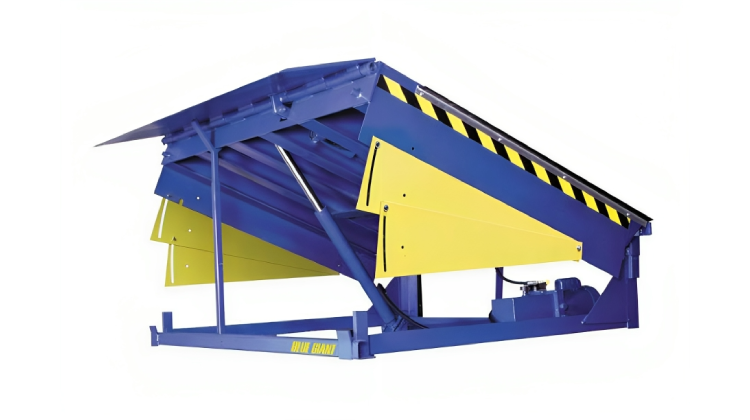
Dock leveler
A dock leveler is a piece of equipment commonly used in the logistics and shipping industry. It is typically found at loading docks in warehouses, distribution centers, and industrial facilities. Dock levelers are designed to bridge the height difference between a truck or trailer bed and the loading dock, ensuring smooth and safe loading and unloading of goods. They are often used to compensate for variations in truck heights, which can be caused by differences in vehicle design or load weights. Dock levelers can be manually operated or automated and come in various types, including hydraulic, mechanical, and air-powered, each with its own method of adjusting the platform's height and angle. The primary purpose of a dock leveler is to create a level and stable surface for the movement of materials and goods between the truck and the warehouse, making the loading and unloading process efficient and safe.

Boom Barrier
A boom barrier is a mechanical or automated device used to control vehicular access to a particular area, such as a parking lot, gated community, toll booth, or security checkpoint. It consists of a horizontal bar or "boom" that can be raised or lowered to allow or deny passage to vehicles. Boom barriers are commonly used for security and access control purposes. They can be operated manually by a security personnel or automated using various technologies such as remote control, access cards, RFID (Radio-Frequency Identification), or sensors that detect the presence of vehicles. These barriers are effective in regulating the flow of traffic and enhancing security by restricting unauthorized entry.
